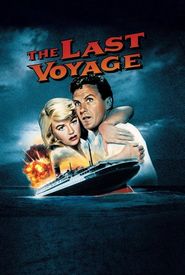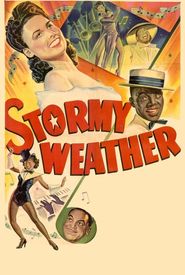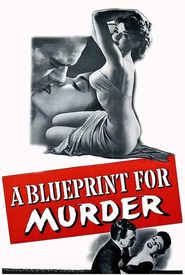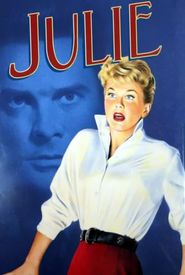Andrew L. Stone, a multifaceted American writer-director-producer, began his journey in the film industry by attending the University of California and later joining the San Francisco Film Exchange.
He started his career in Hollywood in 1918, serving his initial apprenticeship in a film laboratory at Universal. Over the next several years, he honed his skills in Universal's prop department before graduating to directing short films.
Stone's first feature film was released in 1928, and he financed his own two-reel effort, "The Elegy," in 1927. He continued to work on short films and eventually began contributing storylines to light entertainments, such as "There's Magic in Music" (1941) and "Hi Diddle Diddle" (1943).
It wasn't until the late 1930s that Stone began to gain recognition as a director, particularly with his all-black musical "Stormy Weather" (1943),starring Lena Horne. The New York Times praised Stone's "knowing direction" and the film's "moving smoothly" and "paced just right."
Stone worked under contract at various studios, including Paramount (1938-1941),United Artists (1943-1947),and MGM (1955-1962). In 1943, he established his own production company to achieve greater creative independence.
Stone's films often featured real locations and genuine infrastructure, such as aircraft, trains, and ocean liners, rather than relying on back-projection and post-synchronization. He also drew inspiration from factual crime magazines, researching actual events to inform his stories.
Some of his most notable projects include "The Steel Trap" (1952) and "Cry Terror!" (1958),which are regarded as two of his best thrillers. Stone frequently collaborated with his wife, Virginia L. Stone, who worked as a musical editor and financial supervisor.
Despite the commercial failure of his later projects, including the composer biopics "Song of Norway" (1970) and "The Great Waltz" (1972),Stone's significant contribution to on-location shooting was recognized with a star on the Walk of Fame on Hollywood Boulevard.












































